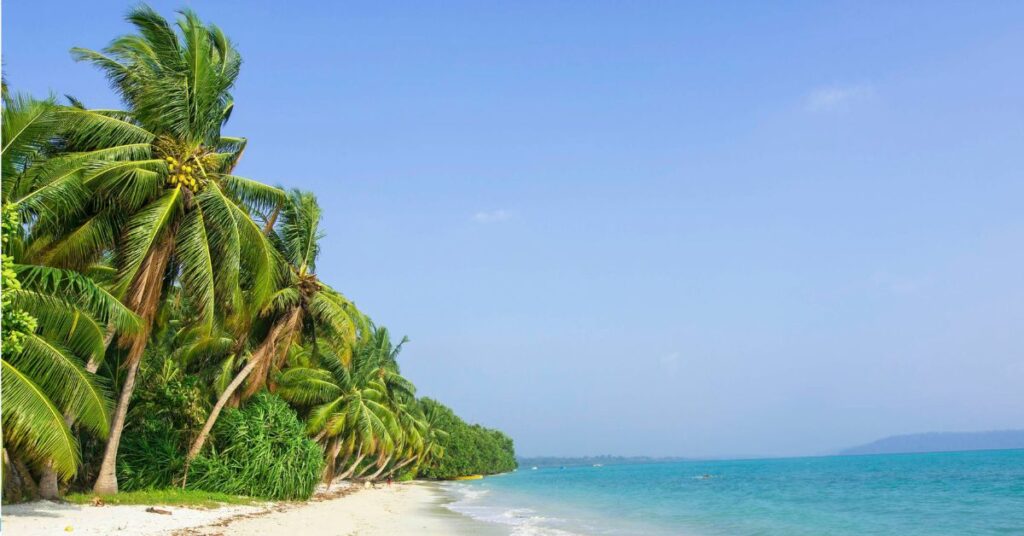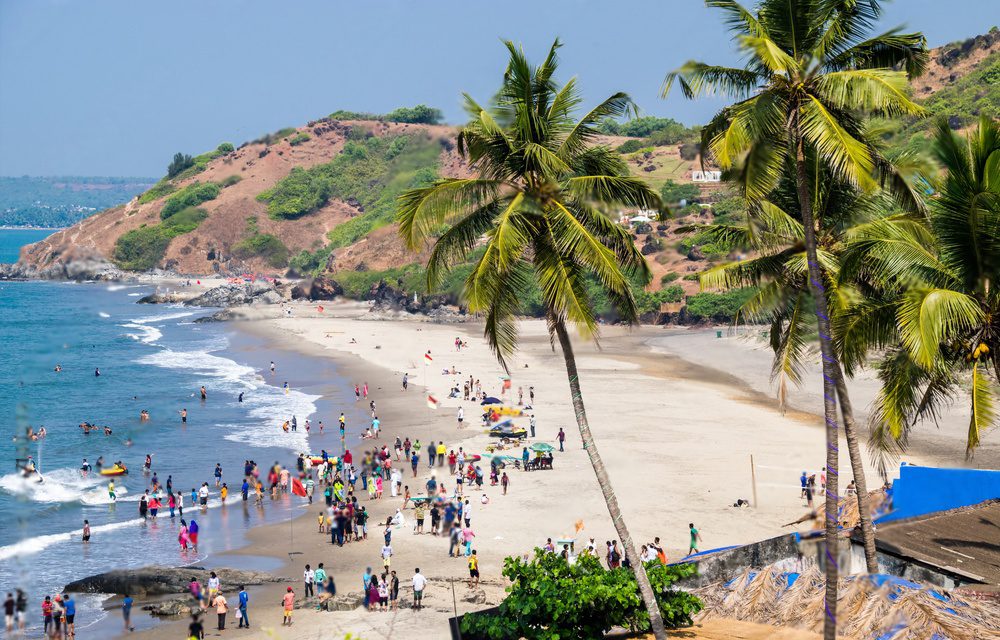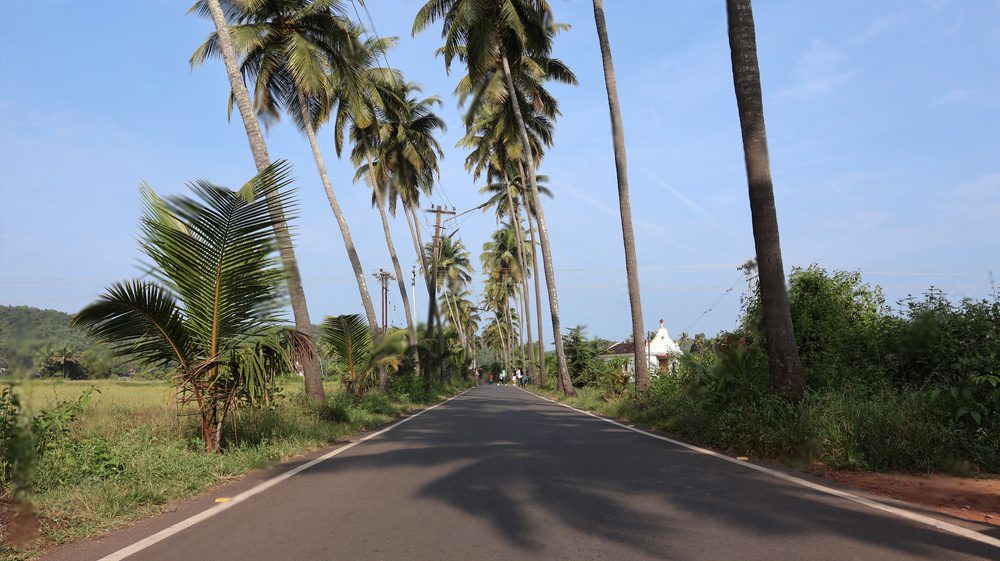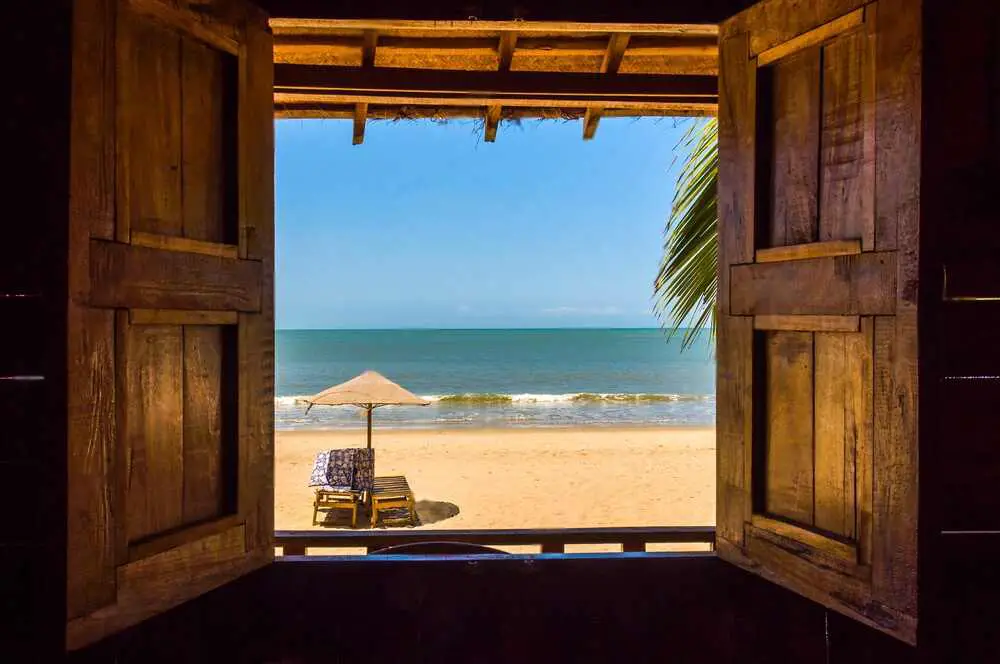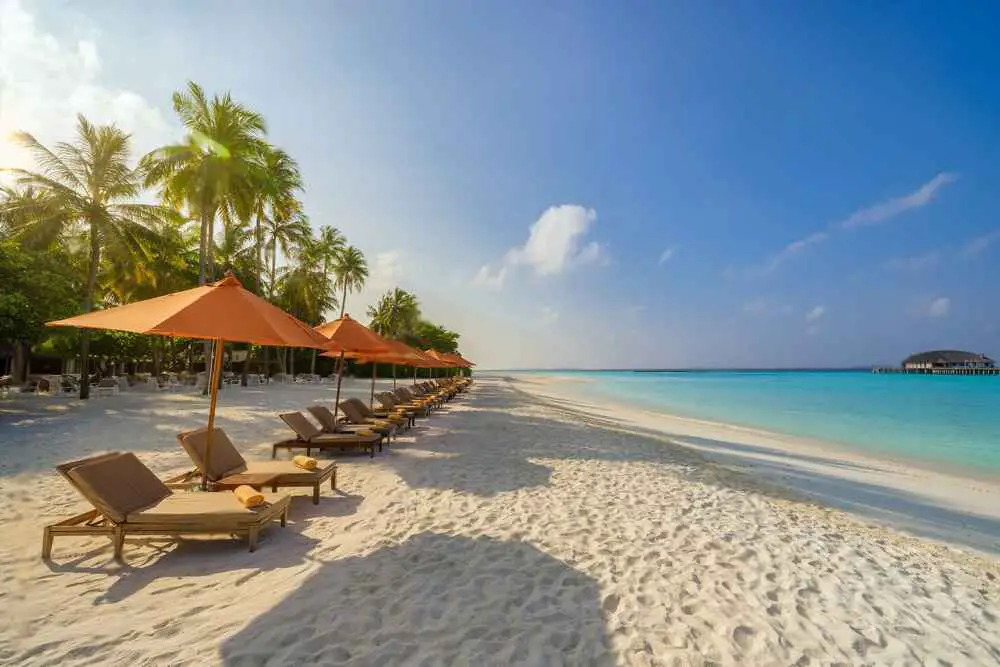Swaraj Dweep, once called Havelock Island, is a stunning gem in the Andaman and Nicobar Islands. This beautiful island, surrounded by the bright blue waters of the Bay of Bengal, is a dream come true for nature lovers and adventure seekers.
With its clean beaches, colorful coral reefs, and lush green forests, Swaraj Dweep offers a perfect mix of peace and excitement. Whether you love to relax on the sandy shores, explore the amazing underwater world, or hike through the green jungles, this tropical paradise has something for everyone.
How to reach:
By Air:
The easiest way to reach Swaraj Dweep is to fly into Port Blair, the capital of the Andaman and Nicobar Islands. You can find flights from major Indian cities like Delhi, Mumbai, Chennai, Kolkata, and Bengaluru on many different airlines.
By Sea:
If you enjoy adventures, you can take a boat to Port Blair. Ships run by the Indian government and other companies sail from Chennai, Kolkata, and Visakhapatnam. The trip takes about 3-4 days, depending on the weather and where you’re starting from.
From Port Blair to Swaraj Dweep:
Once you’re in Port Blair, you have a few ways to get to Swaraj Dweep:
- Ferry: This is the most popular and scenic option. Both government and private boats go to Swaraj Dweep from Port Blair. The trip takes about 2-3 hours and you’ll see beautiful views of the Andaman Sea. You can book tickets online or at the ferry station.
- Helicopter: For a quick and exciting trip, take a helicopter. These fly between Port Blair and Swaraj Dweep in about 20 minutes. You’ll see amazing views of the islands from the air. Be sure to book your helicopter ticket early because there aren’t many seats.
- Speedboat: For a faster and more private trip, you can hire a speedboat. These boats can take you directly to Swaraj Dweep in about 1.5 to 2 hours. This is a good choice for small groups and you can plan your own schedule.
Best time to visit:
November to February:
This is the perfect time to visit Swaraj Dweep. The weather is mild and comfortable, with temperatures between 20°C and 30°C. It’s the busiest season, so expect crowds, but you’ll have plenty to do. Enjoy the beaches, try exciting water sports like snorkeling, scuba diving, or sea walking, and explore the island’s lush greenery. There are often fun festivals and cultural events during these months.
March to April:
The weather starts to get warmer, with temperatures from 25°C to 35°C, but it’s still pleasant. The water is clear, perfect for underwater adventures, and the beaches are great for relaxing. You can also hike and explore the island. There are fewer tourists, so it’s a good time to escape the crowds.
May to October:
The rainy season brings heavy rain, high humidity, and storms. Temperatures are between 24°C and 32°C. The ocean is rough, so water sports and beach activities aren’t great. But the island is extra green and beautiful. Keep in mind that many boats and water activities might be canceled. On the bright side, there are fewer tourists, so you can save money and enjoy a peaceful escape. It’s ideal for nature lovers who don’t mind the rain.
Attractions:
Kalapathar Beach:
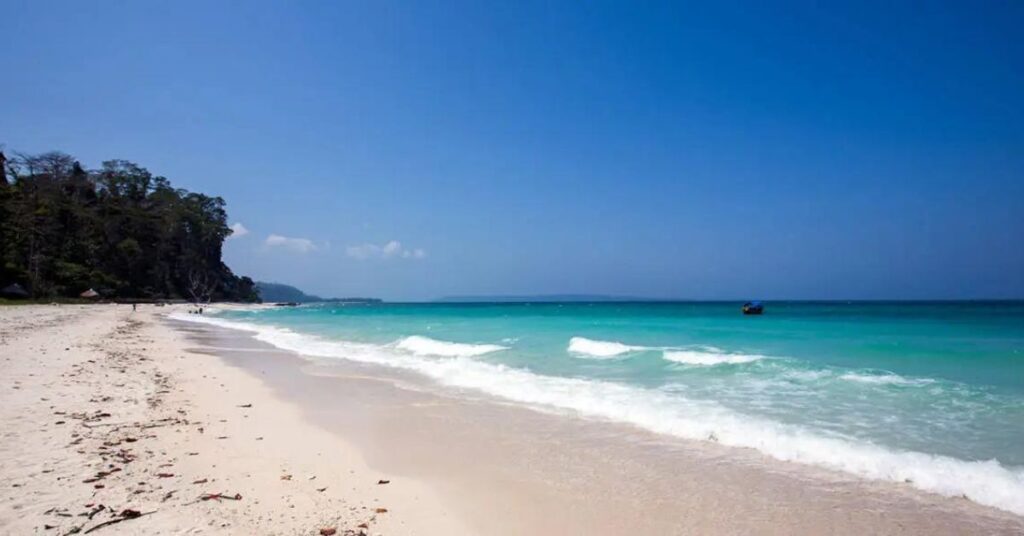

Kalapathar Beach is a quiet and peaceful place on Swaraj Dweep. It’s named after the cool black rocks on the beach. This beach is perfect if you want to escape the crowds and enjoy nature. The black rocks look amazing next to the white sand and blue water.
The waves are gentle, so it’s a great place to relax and enjoy the peace. There aren’t many people here, so you can really unwind and enjoy the beauty around you. Kalapathar Beach is also a wonderful place to take photos because the scenery is so stunning. You can walk along the beach, read a book, or just sit and enjoy the view. It’s a perfect escape from the busy world.
Vijaynagar Beach:
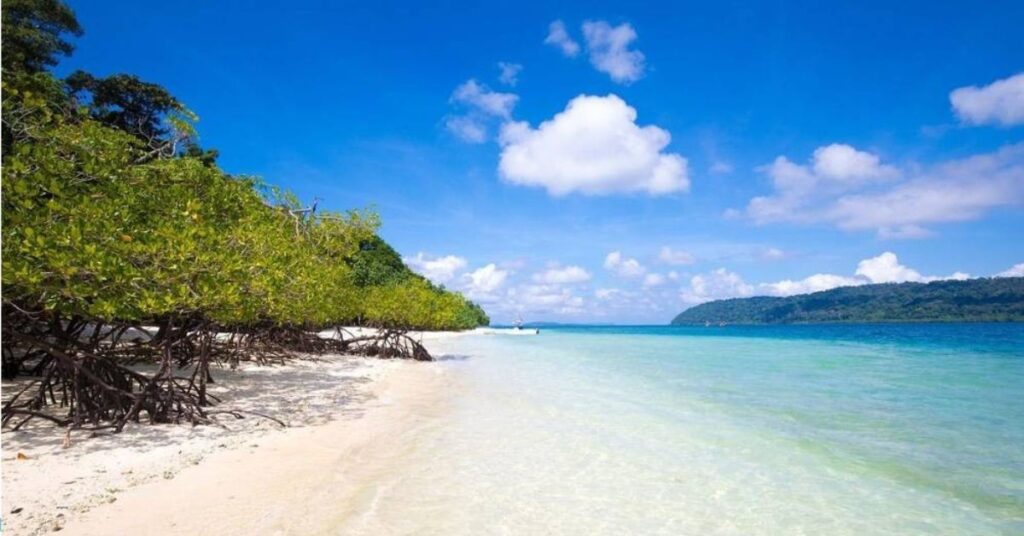

Vijaynagar Beach, also called Beach Number 5, is a peaceful place on Swaraj Dweep. It has a long stretch of soft, white sand and calm, clear water. Tall coconut trees and lots of green plants give you shade. It’s a perfect place to relax and enjoy the sea.
The water is gentle and shallow, so it’s safe to swim and play. You can hear the waves and the wind in the trees, which makes you feel calm and relaxed. You can walk along the beach, look for seashells, or just lie down and enjoy the beautiful view. If you want to escape the busy world and connect with nature, Vijaynagar Beach is the perfect place to go.
Neil’s Cove:
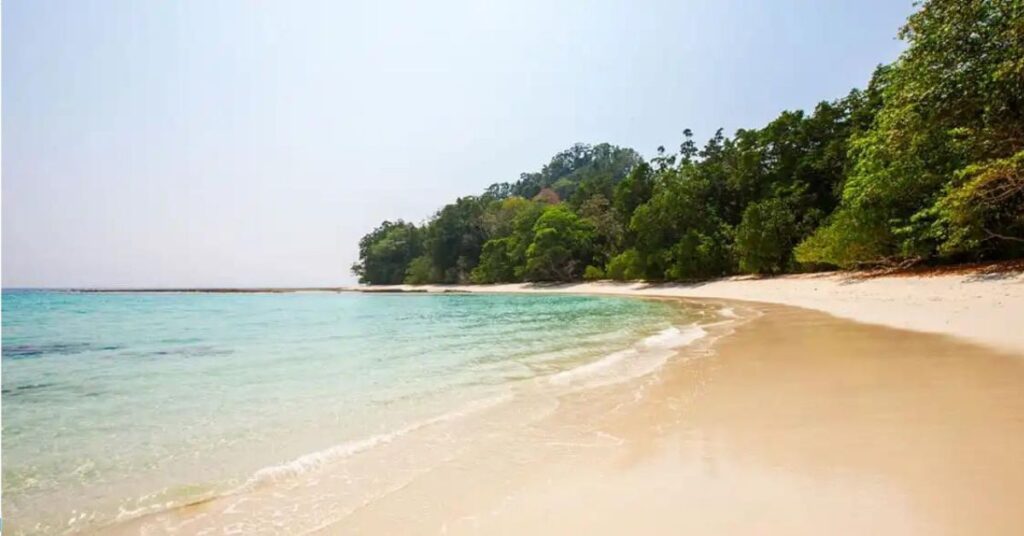

Neil’s Cove is a beautiful secret spot near Radhanagar Beach. It’s a calm and peaceful lagoon with crystal-clear water. People love it because it’s perfect for swimming and snorkeling. You can see lots of colorful fish and other amazing sea creatures there.
The cove is surrounded by green trees and thick jungle, making it feel like a hidden paradise. It’s a great place to have a picnic and relax. You can also take amazing underwater photos because the water is so clear. Whether you want to explore the underwater world, go for a swim, or just enjoy the beauty of nature, Neil’s Cove is a special place to visit on Swaraj Dweep.
Local Experiences:
- Radhanagar Beach: Relax on one of Asia’s best beaches with its soft white sand and crystal-clear waters. Watch stunning sunsets and savor delicious seafood.
- Kalapathar Beach: Enjoy the unique contrast of black rocks and white sand. Find peace and quiet in this less crowded spot, perfect for photography.
- Vijaynagar Beach: Relax under the shade of coconut trees on this serene beach. Go for a leisurely walk or simply soak up the sun.
- Neil’s Cove: Discover a hidden lagoon near Radhanagar Beach. Swim, snorkel, and enjoy a picnic surrounded by nature.
- Snorkeling at Elephant Beach: Explore vibrant coral reefs and colorful marine life. You can reach this paradise by boat or a forest trek.
- Scuba Diving: Dive into the underwater world at world-class sites. Encounter amazing sea creatures and colorful corals.
- Sea Walking: Experience the thrill of walking underwater without scuba gear.
- Kayak through Mangrove Forests: Explore a unique ecosystem filled with diverse plants and animals. Enjoy birdwatching and learn about the importance of mangroves.
- Trek to Elephant Beach: Hike through lush forests, spot wildlife, and reach the beautiful Elephant Beach.
- Shop at Local Markets: Discover fresh produce, seafood, handmade crafts, and local delicacies.
- Water Sports: Enjoy the thrill of jet skiing, banana boat rides, or paddleboarding.
Travel tips:
What to Bring
Pack light, comfortable clothing suitable for the warm weather. Don’t forget your swimsuit, sunscreen, sunglasses, and a hat. Insect repellent is also recommended, especially if you plan to explore the island’s natural areas.
Health and Safety
Stay hydrated by drinking plenty of water, especially in the heat. Protect your skin from the sun by applying sunscreen regularly. Be cautious when swimming or engaging in water sports, and always follow safety guidelines.
Getting Around
Renting a scooter or bicycle is a convenient way to explore the island. Taxis and auto-rickshaws are also available, but negotiate the fare beforehand.
Where to Stay
Book your accommodation in advance, especially during peak season. Swaraj Dweep offers a variety of options, from budget-friendly guesthouses to luxury resorts.
Money Matters
Carry enough cash as ATMs and card facilities may be limited. Many local vendors prefer cash payments.
Staying Connected
Mobile network coverage can be inconsistent, so inform your service provider about your travel plans. Most hotels and resorts offer Wi-Fi, but the speed might vary.
Respectful Travel
Respect local customs and traditions. Dress modestly when visiting religious sites or local villages. If you’re a foreign visitor, remember to obtain a Restricted Area Permit (RAP) before arriving in Port Blair. To protect the island’s environment, avoid single-use plastics and dispose of waste responsibly.
Emergency Preparedness
Make a note of important contact numbers, including the local police, hospital, and your accommodation. It’s also a good idea to carry a basic first aid kit.
Conclusion
Swaraj Dweep, a tropical paradise, boasts pristine beaches, vibrant coral reefs, and lush forests. Whether you crave underwater adventures, nature exploration, or serene relaxation, this island offers it all. From the iconic Radhanagar Beach to the tranquil Kalapathar and the vibrant marine life at Elephant Beach, Swaraj Dweep promises unforgettable memories.
Respecting the local culture and environment is crucial to preserving this gem for future generations. For a comprehensive travel guide, including tips on getting there, attractions, and accommodations, visit Xplro.com. Immerse yourself in Swaraj Dweep’s beauty, and let its charm leave a lasting impression.
FAQs
1. When is the ideal time to visit Swaraj Dweep?
- The optimal time to visit Swaraj Dweep is between November and April, when the weather is warm and ideal for outdoor activities such as swimming and exploring. It’s best to avoid the monsoon season from May to October due to heavy rains and rough sea conditions.
2. How can I get to Swaraj Dweep?
- To reach Swaraj Dweep, fly into Veer Savarkar International Airport in Port Blair. From there, you can take a ferry, private cruise, or helicopter to the island. Ferries are a popular choice and offer a scenic journey of about 2-3 hours.
3. Do I need a permit to visit Swaraj Dweep?
- Indian nationals do not need a special permit for Swaraj Dweep. However, foreign visitors are required to obtain a Restricted Area Permit (RAP) upon arrival in Port Blair, which is valid for up to 30 days and can be extended if needed.
4. Which beaches should I visit on Swaraj Dweep?
- Key beaches to visit include Radhanagar Beach, Elephant Beach, Kalapathar Beach, and Vijaynagar Beach. Each offers its own unique features, from vibrant coral reefs to tranquil landscapes.
5. What activities are available on Swaraj Dweep?
- Activities on the island include snorkeling, scuba diving, sea walking, kayaking, jet skiing, banana boat rides, paddleboarding, and trekking. There are also opportunities to explore local markets and enjoy the island’s natural beauty.
6. Is Swaraj Dweep a good destination for families?
- Yes, Swaraj Dweep is well-suited for family vacations. The island provides a variety of family-friendly activities, including beach outings, water sports, and nature exploration, with many accommodations catering to families.
7. What types of lodging are available on Swaraj Dweep?
- Swaraj Dweep offers a range of accommodations, from luxury resorts to budget hotels and guesthouses. Booking in advance is recommended, particularly during peak travel seasons.
8. Are there any health tips for travelers?
- Travelers should stay hydrated, use sunscreen frequently, and apply insect repellent. It’s wise to carry a basic first aid kit and consult with a healthcare provider about necessary vaccinations before your trip.
9. What kinds of food can I expect on the island?
- The island features a variety of dining options, including fresh seafood, traditional Indian cuisine, and international dishes. Local beach shacks and restaurants offer delightful seafood and other regional specialties.
10. How reliable is mobile and internet connectivity on Swaraj Dweep?
- Mobile network coverage can be inconsistent. BSNL, Airtel, and Vodafone are the primary providers. Wi-Fi is available at most hotels and resorts, though the speed and connectivity may vary.
11. What should I pack for a trip to Swaraj Dweep?
- Pack lightweight, breathable clothing, swimwear, comfortable shoes, sunscreen, sunglasses, a hat, insect repellent, a first aid kit, and a waterproof bag for electronics. Also, bring enough cash as ATMs may be limited.
12. Are there any environmental practices I should follow?
- Yes, it’s important to minimize the use of single-use plastics, dispose of waste properly, and support eco-friendly businesses. Respecting local customs and protecting the island’s natural environment helps ensure sustainable tourism.
